The story of Bertone: the most controversial coachbuilder ever
The beginning of Bertone Bertone was founded in November 1912, when Giovanni Bertone, then aged 28, opened a workshop specialising in the construction and…
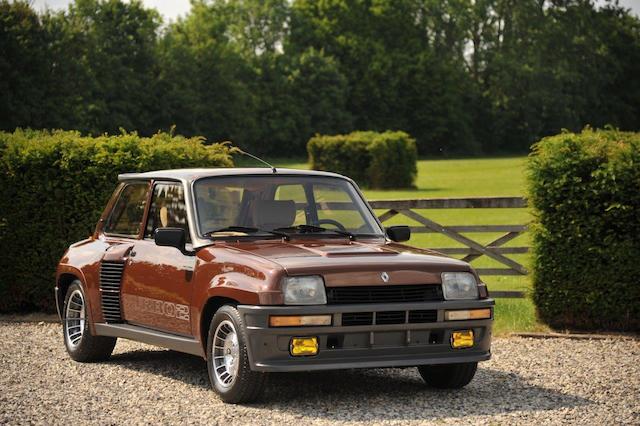
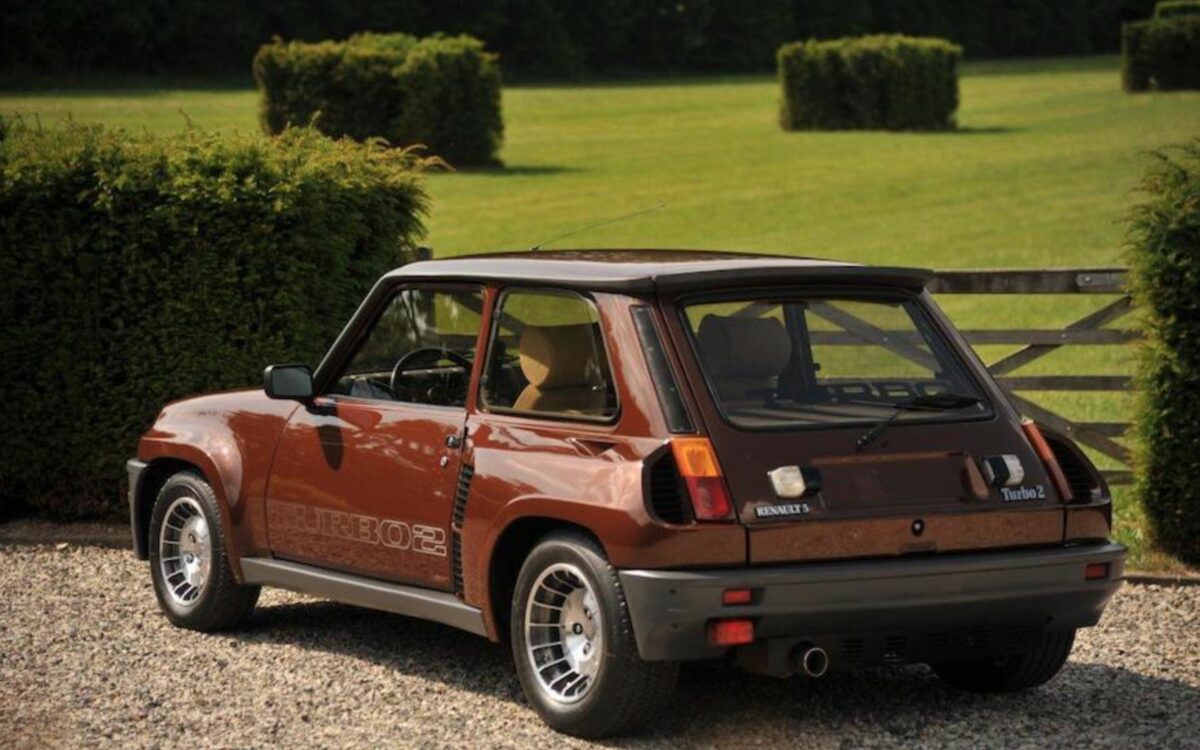
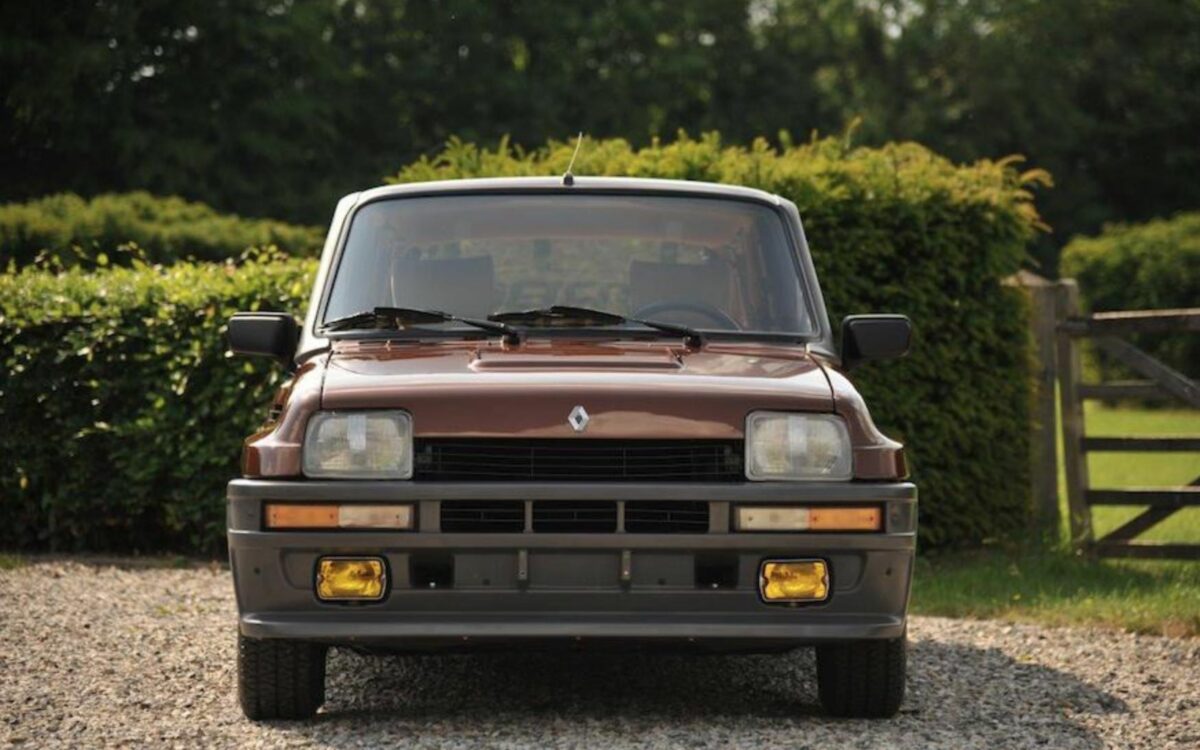
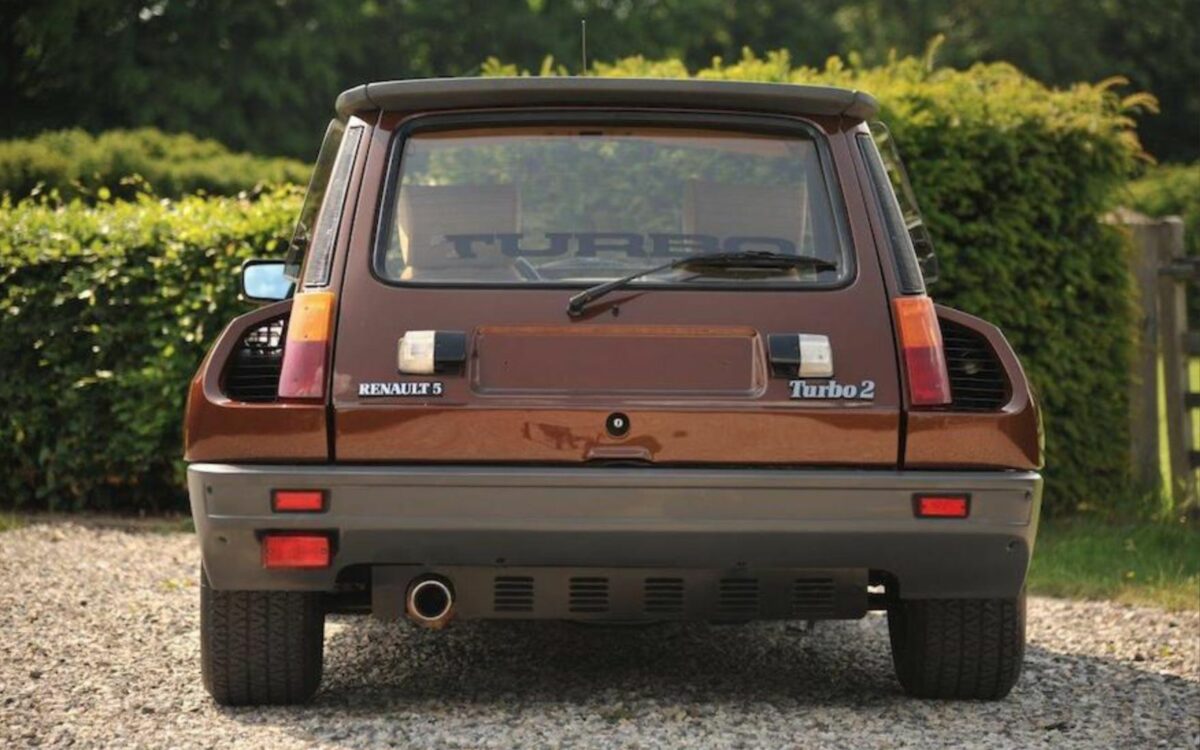
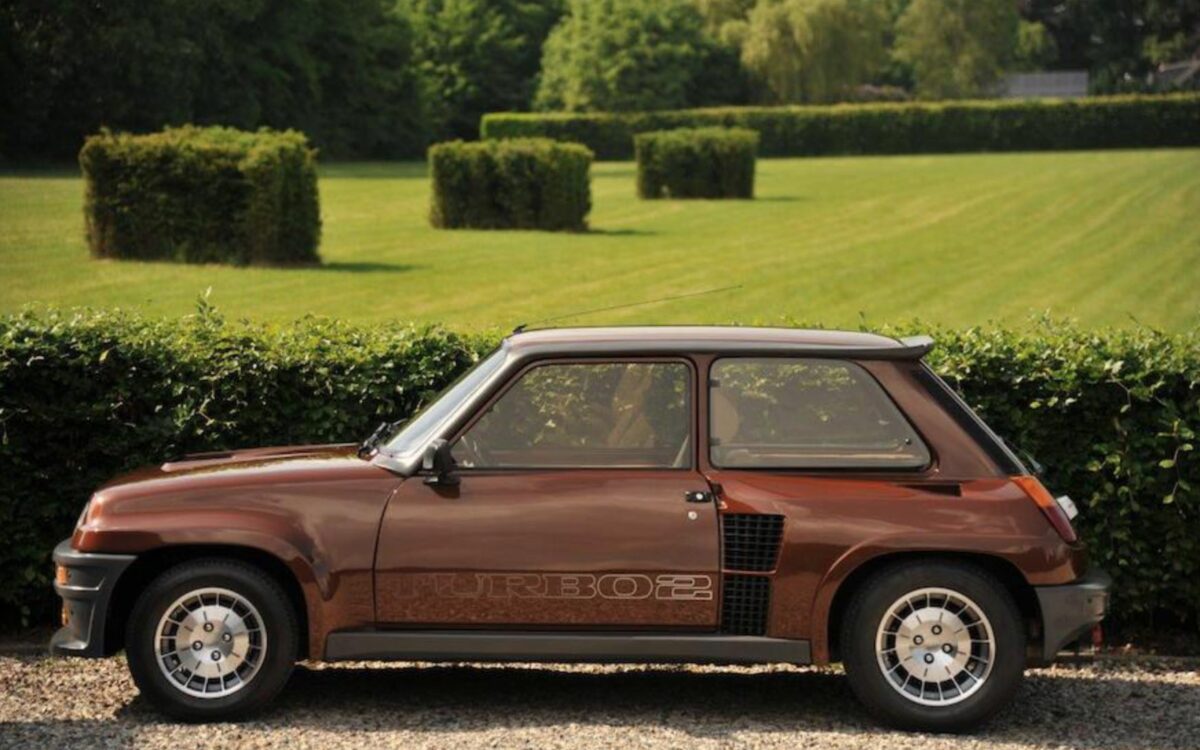
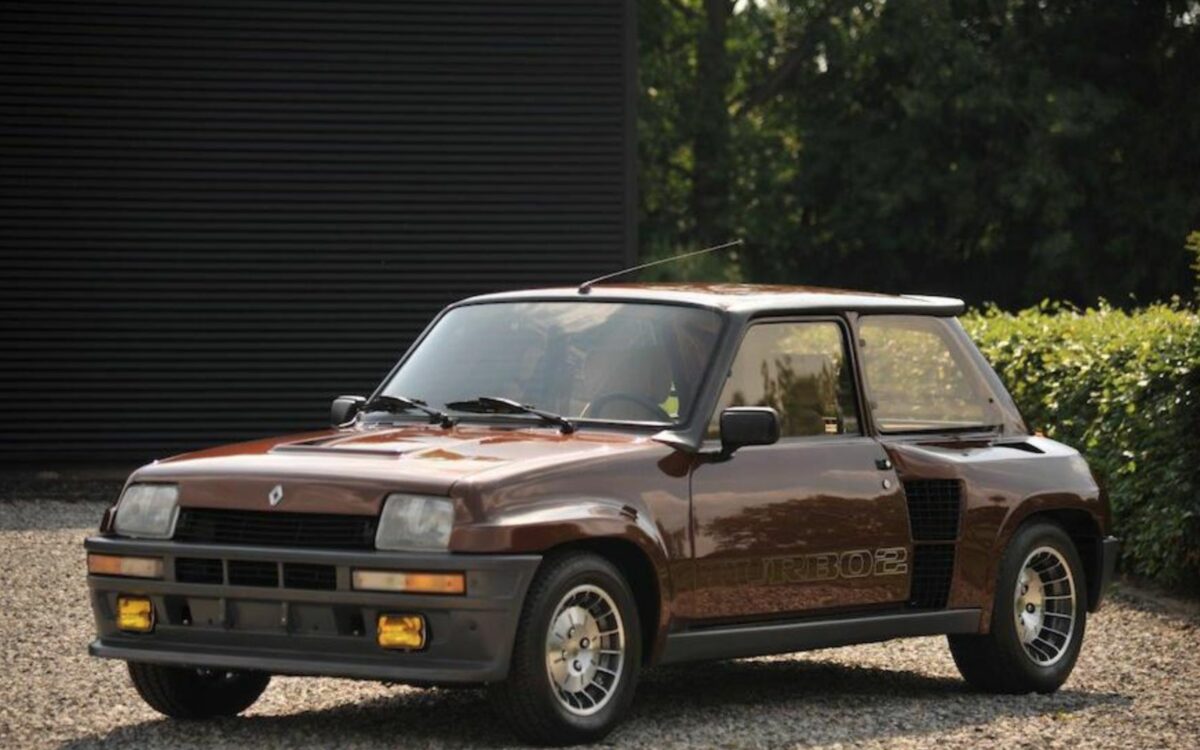
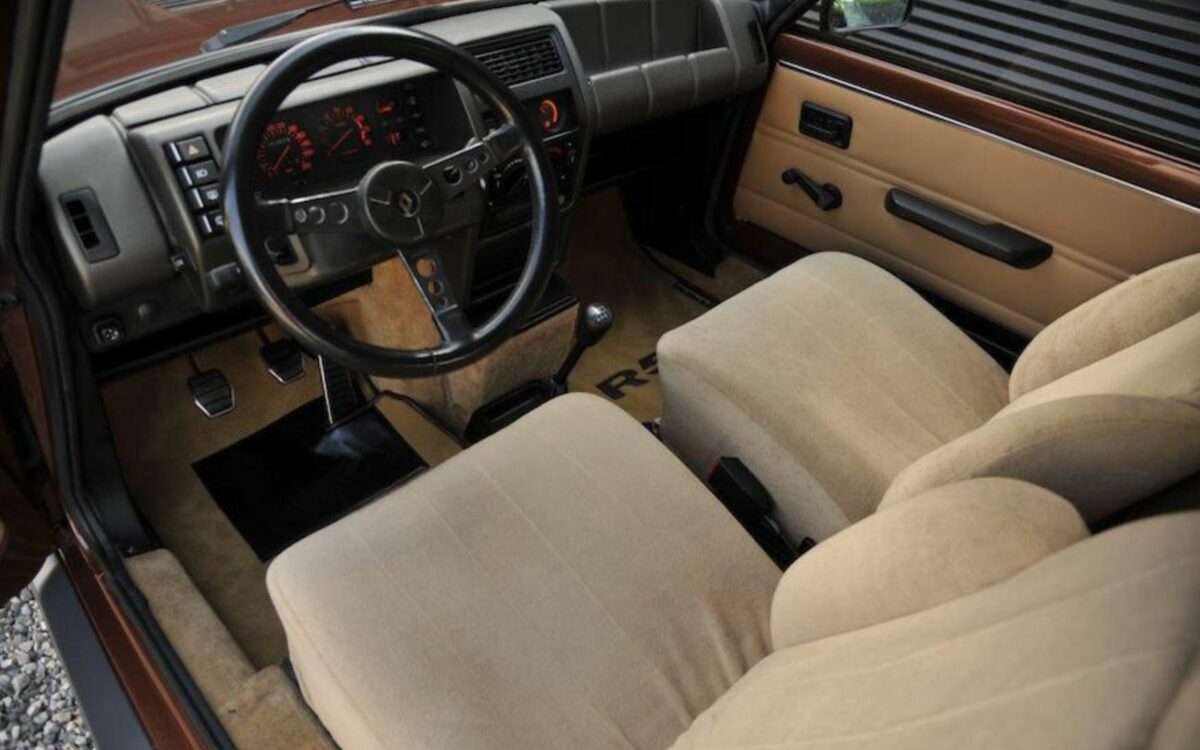
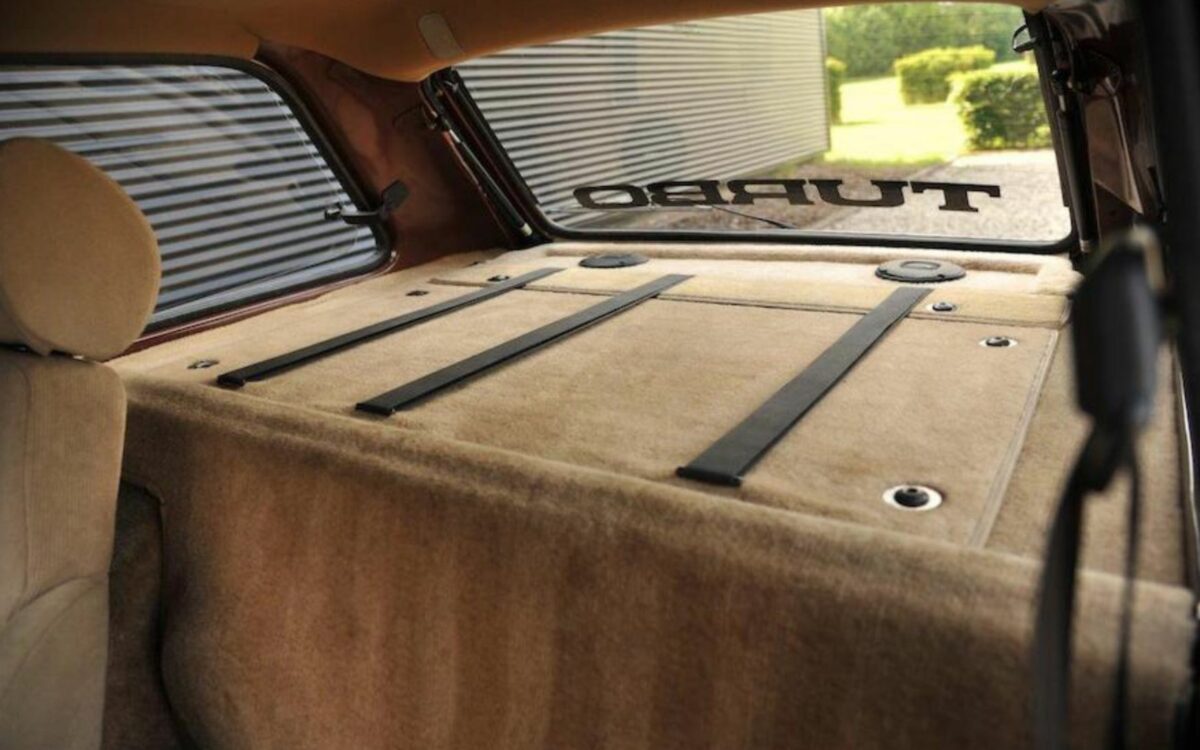








The Renault 5 Turbo by Bertone.
The Renault 5 Turbo project emerged in the late 1970s, driven by the need for Renault to develop a road car with the technical capabilities to compete at the highest levels in world rallying, a rapidly evolving discipline at the time. Following the success of the Alpine A110 in rallies, Renault initially turned to the 5 Alpine, a high-performance version of their front-wheel-drive supermini. However, this model struggled to compete against more powerful cars in the championship, such as the Escort RS, Ascona 400, Lancia Stratos, Talbot Lotus, and 131 Abarth. Renault’s goal was to create a powerful, lightweight, rear-wheel-drive vehicle. In 1978, Renault, in collaboration with Bertone, developed a prototype that was presented at the Paris Motor Show. The car’s design was notably different from the standard Renault 5 from which it was derived, featuring a mid-mounted turbocharged engine, rear-wheel drive, a two-seater cabin, prominent body widenings near the wheel arches to accommodate wider tires, and large air intakes to dissipate internal heat. The design of the Renault 5 Turbo was crafted by Bertone under the supervision of the legendary chief designer Marcello Gandini, known for his innovative and bold design language. Production of the Renault 5 Turbo began in 1980. The body shells of the standard R5 were sent to Heuliez, where they were modified in the floorpan and wheel arches, and the wheelbase was extended. These modified bodies were then sent to the Alpine workshops in Dieppe for assembly and final painting. The car’s muscle car-like appearance and the high specific power of its engine earned it the nickname “Turbone” among rally enthusiasts. Unlike other mid-engined cars of the era, such as the Lancia Stratos, Renault’s engineers did not start with a chassis specifically designed for racing. Instead, they modified that of a simple supermini, which posed several challenges related to placing the mechanical components and accessories behind the cabin. The fuel tanks were positioned under the seats for better weight distribution, while a large air outlet for cooling the radiator was created in the front section. The front end also housed the battery, brake system pump, ventilation system, and spare wheel. The engine powering the Renault 5 Turbo was the Cléon-Fonte, mounted in a longitudinal mid-rear position. This 1.4-liter inline-four engine produced 160 hp at 6,000 rpm and 210 Nm of torque at 3,250 rpm. It had a bore and stroke of 76 mm x 77 mm, with a cast iron block and aluminum cylinder head. The engine featured an overhead camshaft operated by pushrods and rockers. It used a Bosch K-Jetronic mechanical fuel injection system and was turbocharged with a Garrett T3 turbocharger, running at 0.86 bar of pressure, along with an air-to-air intercooler. The Renault 5 Turbo had rear-wheel drive, a dry twin-disc clutch, and a 5-speed manual gearbox. It reached a top speed of 200 km/h and could accelerate from 0 to 100 km/h in 6.5 seconds. Although it used a modified body designed by Bertone under Marcello Gandini’s supervision and was based on the standard Renault 5, the Renault 5 Turbo’s mechanics were radically different. The most noticeable difference was the rear-wheel drive and mid-rear engine placement, as opposed to the front-wheel drive and front-engine setup of the standard version. At its launch, the Renault 5 Turbo was the most powerful production car in France. The first 400 Renault 5 Turbos were produced to meet Group 4 homologation requirements, allowing the car to compete in international rallies. They were assembled at the Alpine factory in Dieppe. Many of the components, such as the suspension and alloy wheel set, were later used on the Alpine A310.

The beginning of Bertone Bertone was founded in November 1912, when Giovanni Bertone, then aged 28, opened a workshop specialising in the construction and…
Missing or wrong informations?
Carrozzieri-Italiani.com relies on thousend of users who help to populate the database. We do not guarantee the accuracy of the informations. Contact us if you want to contribute.
